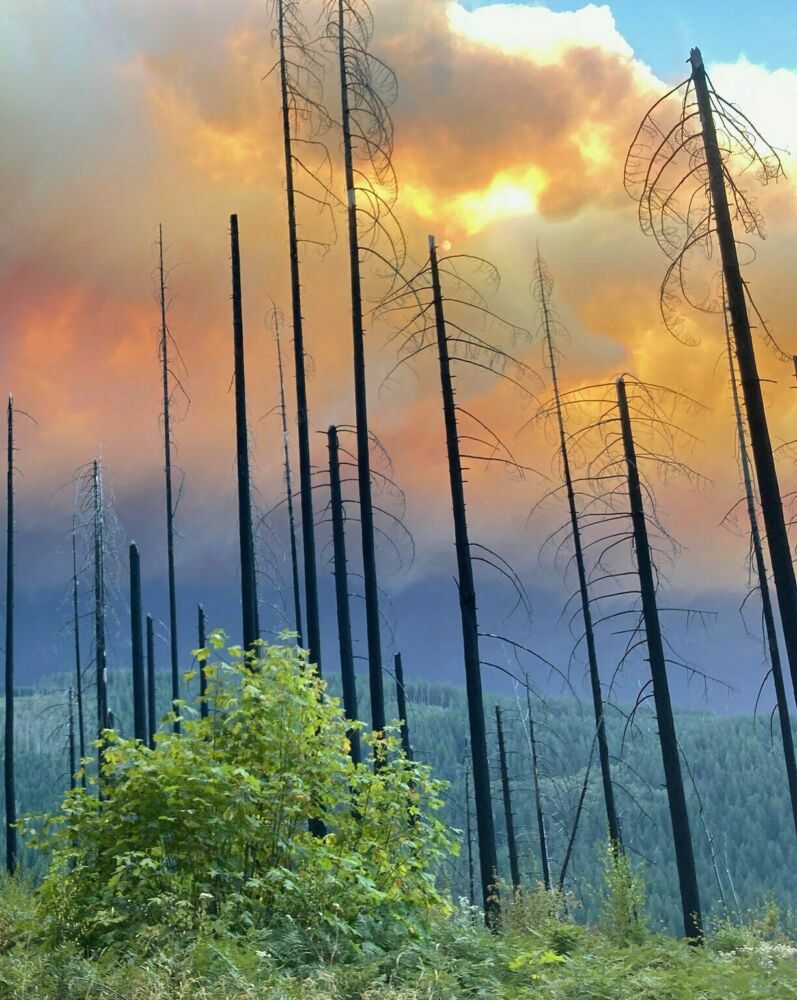All year, we share amazing stories about recreating on and restoring National Forests and Grasslands. Stay in the loop and sign up for Tree-Mail today!
Between February and June 2022, the National Forest Foundation (NFF), together with the USDA Forest Service, hosted a series of virtual roundtables across the country for employees and partners of the Forest Service to gather input on the Wildfire Crisis Strategy Implementation Plan. The NFF has identified ten overarching themes and accompanying opportunities for action following review of the roundtable recordings and breakout notes. We are pleased to share that report with you here:
Please click here for the full 2022 Wildfire Crisis Strategy Roundtables Synthesis Report and accompanying Executive Summary.
The NFF also produced reports for each regional roundtable, which have been posted below.
On November 14, 2022, the NFF hosted a webinar to share more information about the report, discuss next steps, and provide an opportunity for Q&A with Forest Service leadership. Please click to view the webinar recording and presentation.
In January 2022, the USDA Forest Service released Confronting the Wildfire Crisis: A Strategy for Protecting Communities and Improving Resilience in America’s Forests. The Forest Service is working to develop a “living” 10-year Implementation Plan for working with partners across jurisdictions to change the trajectory of wildfire risk. The recently enacted Bipartisan Infrastructure Law provides an essential down payment on the resources needed to perform this work.
Everyone has a leadership stake in moving from small-scale, independently managed treatments to strategic, science-based, landscape-scale treatments that cross boundaries at the scale of the problem, starting initially with those places most critically at risk. Ongoing communication about the 10-year strategy and implementation plan among the Forest Service, States, Tribal entities, and non-governmental partners is welcomed and encouraged.
The Wildfire Risk Reduction Partner Recommendation Analysis provides an overview of past recommendations that have been collected and synthesized by the Forest Service.

To assist in developing the implementation plan, the National Forest Foundation, in coordination with the Forest Service, convened virtual roundtable events in the nine Forest Service regions, as well as nationally, to engage employees and partners. A Tribal roundtable was hosted by the Intertribal Timber Council. (Please click here for that report.) These roundtables took place between February and June 2022.
The goals of the roundtables were to:
Discussions at each of the roundtables were distilled into regional reports as well as a comprehensive synthesis report that will inform the implementation plan moving forward. The roundtables were just one effort to strengthen shared approaches to how the Forest Service, Tribal, and state governments, federal agencies, and partners work together.
The 2022 Wildfire Crisis Roundtable Synthesis Report (and associated Executive Summary) is a distillation of the many hours of facilitated discussion that took place during the roundtables. While the report goes into more detail, the ten overarching themes are outlined here:
The National Forest Foundation has developed an Engagement Toolkit to complement the Wildfire Crisis Strategy Roundtables being held nationally and in each Region. The toolkit is available to help Forest Service units and other interested parties (e.g., Tribal Nations, State Foresters, local governments) who want to gather input for the Implementation Plan through additional engagements with their publics and employees.
February 28, March 1 & 7
April 5, 6 & 7
May 17, 18 & 19
May 31, June 1 & 2
Sarah Di Vittorio, Conservation Connect Director, at [email protected]
Jane Mandala, Conservation Connect Associate, at [email protected]